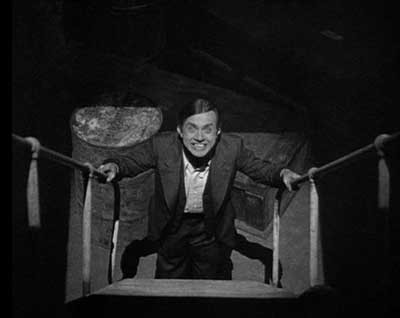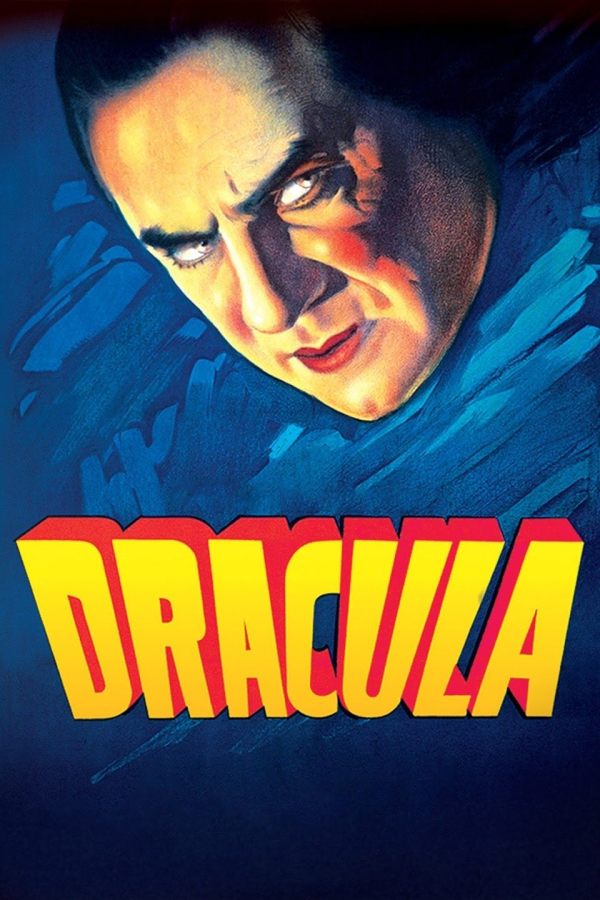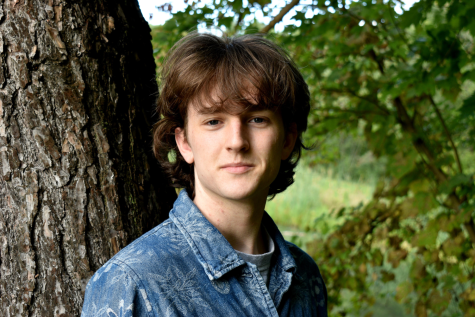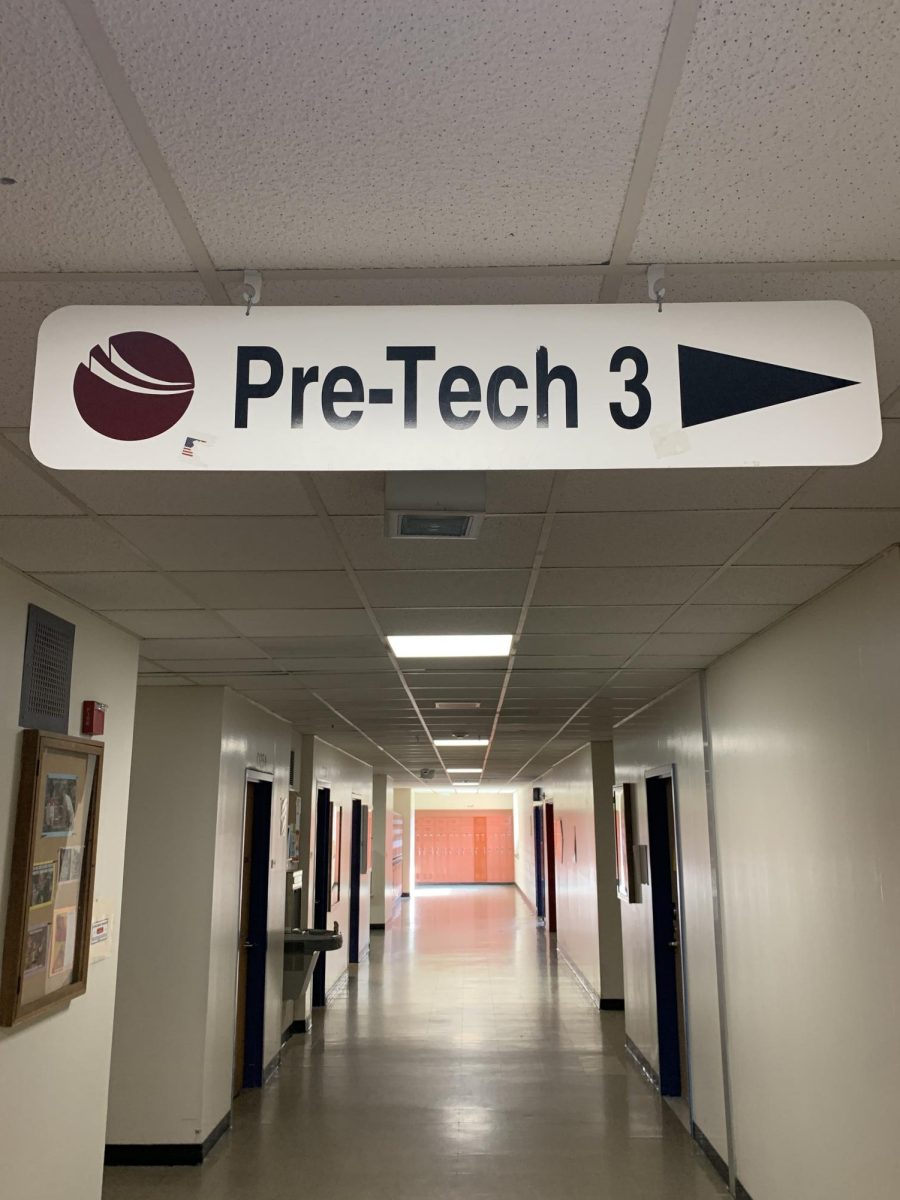The Original Dracula is a Timeless Classic and an Essential of the Horror Genre
November 16, 2022
Vampires have been a staple villain in the repertoire of horror cinema since its conception. This idea was first put into a movie in 1922 when the silent film Nosferatu was released. While this movie is the forefather of vampire cinema, the most well known vampire had yet to reach the big screen. This changed in 1931 when Dracula came to the big screens. Directed by Tod Browning and Karl Freund, this one hour and fifteen minute journey establishes a plethora of horror motifs that holds up to this day, and lays the foundation for one of the most successful horror franchises ever.
Dracula begins following the journey of a lawyer named Mr. Renfield as he embarks on a journey up to Count Dracula’s castle in order to finalize the purchase of Dracula’s new home in London. He ignores the advice of the Transylvanian townsfolk who warn him of the dangers he may face after sun down, and the rumored existence of vampires. Upon arriving at the Count’s castle, Renfield is greeted by Dracula who is immediately portrayed to the audience as blood thirsty, and unlike any character Renfield has encountered thus far. However, the business-minded Renfield is too engrossed in his work to notice the clear evil of Dracula. This would prove to be his downfall, as Count Dracula then sucks his blood, transforming him into his loyal servant. Dracula then travels to London, now with an evil henchman to do his evil bidding. 
Although it is nearly a century old, Dracula still succeeds in cultivating a truly ominous atmosphere. Despite the black and white nature of the film being out of necessity, it is one of the major contributors to the horror that the film exudes. This is best demonstrated via the stark contrast between the light tones of the characters’ clothing or skin behind the perpetually grim backdrop. The lack of light and color in the scenery gives each of the settings an off-putting aura that never lets the audience settle in or get comfortable.
Along with the backdrop, the performance of Renfield makes the film entertaining to this day. Renfield appears genuinely insane from the point he is turned, to the last second of the film. His facial expressions are psychotic and allow the viewer to fully submerge themselves into the experience. His eyes are the main feature of this psychosis, as they are almost aggressively peeled open and seem to stare through the camera in several scenes.
While at some points a bit frightening, the movie is over ninety years old. This age can be the film’s greatest strength at times, specifically with Dracula’s character. From the thick accent, to the slicked back hair and cape, this Dracula is the basis for what we think of as a vampire today. The film doesn’t seem outdated, but rather allows the viewer to see where the cliches and ideas in today’s vampire media originate from, while being both scary, and a little laughable.
A motif used throughout the movie is the close up shot of Dracula’s face each and every time he is either using or tempted to use his vampiric abilities or feast on a human. While it may not strike fear into today’s audiences, the shot creates a window into the Counts’ thoughts via his facial features. This shot creates the sense of emotion in the character that one can’t sense from a distance, and this view reveals Dracula’s intense desire and thirst for blood. Dracula is also thematically viewed at an upward angle by the camera which gives him a sense of grandeur.
While creating an ominous environment and keeping the audience entertained with interesting shots, the fear elicited by this film is not on par with that of more recent films. But, while the technology and ideas may have advanced past this movie by nearly a hundred years, Dracula still proves to be enjoyable. The characters are engaging, and from start to finish the viewer is kept reeled in by the menacing and mysterious atmosphere. In terms of today’s standards, this film is not traditionally terrifying, but the vintage charm and its contribution to horror as a genre makes up for the lack of modern technology and style.












